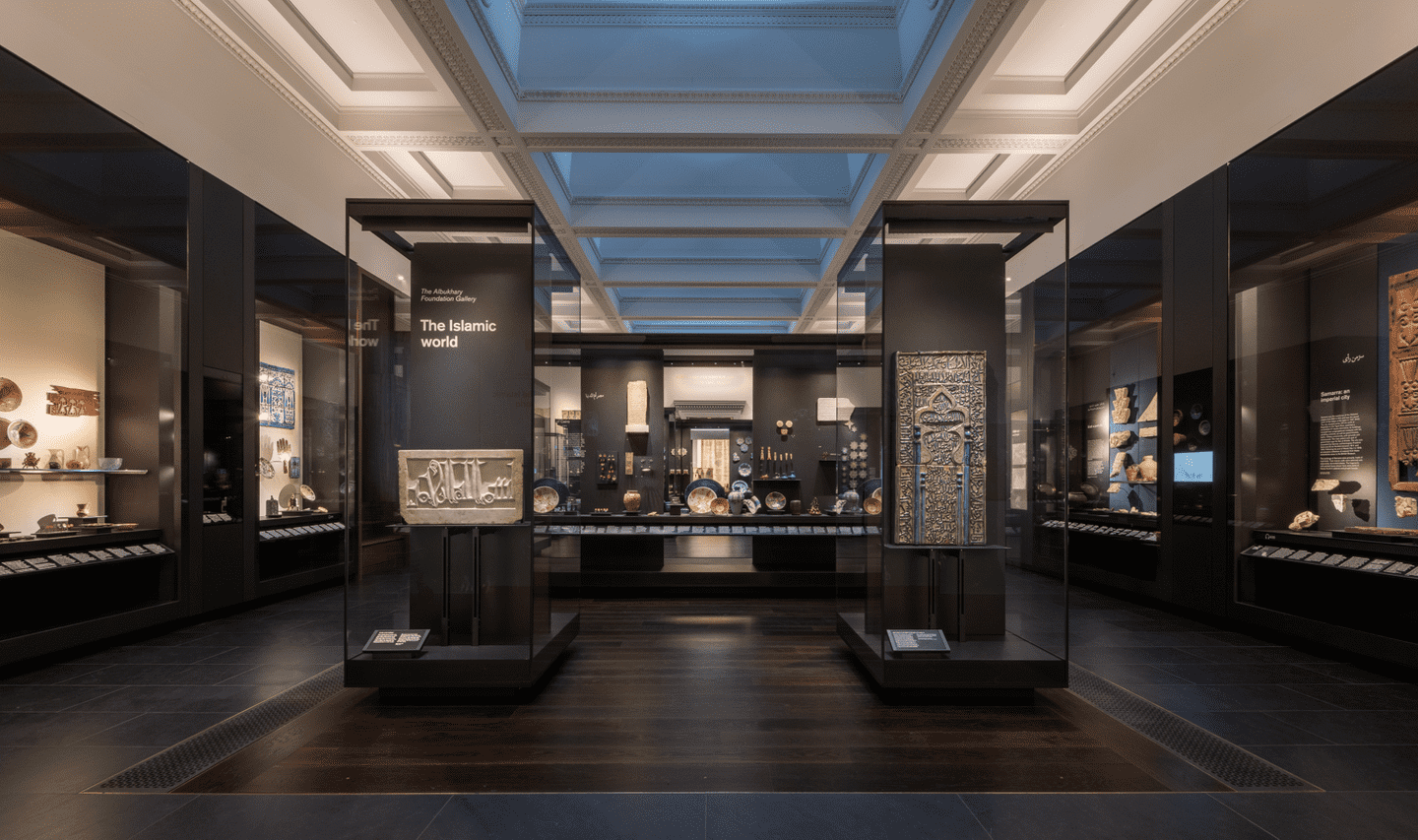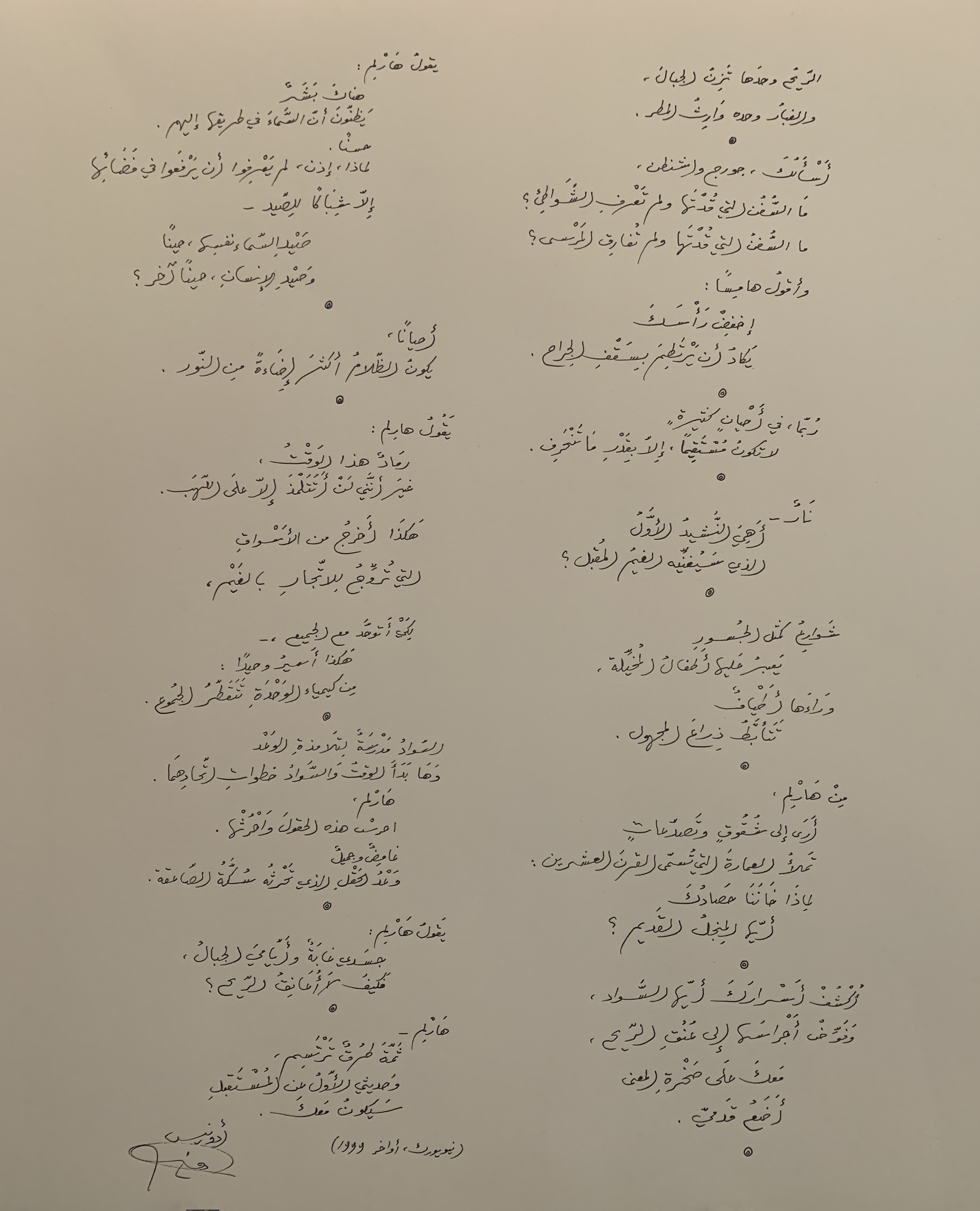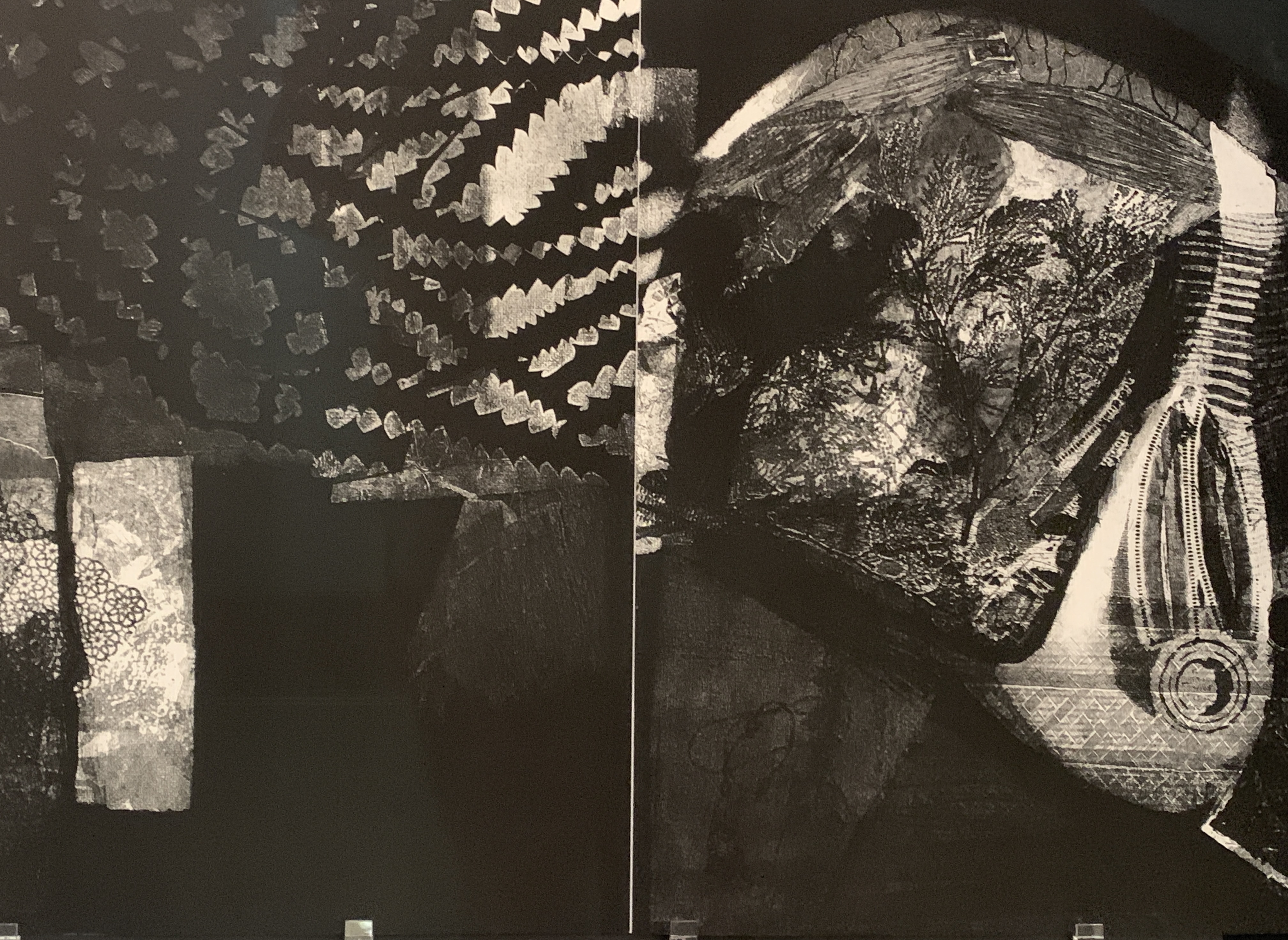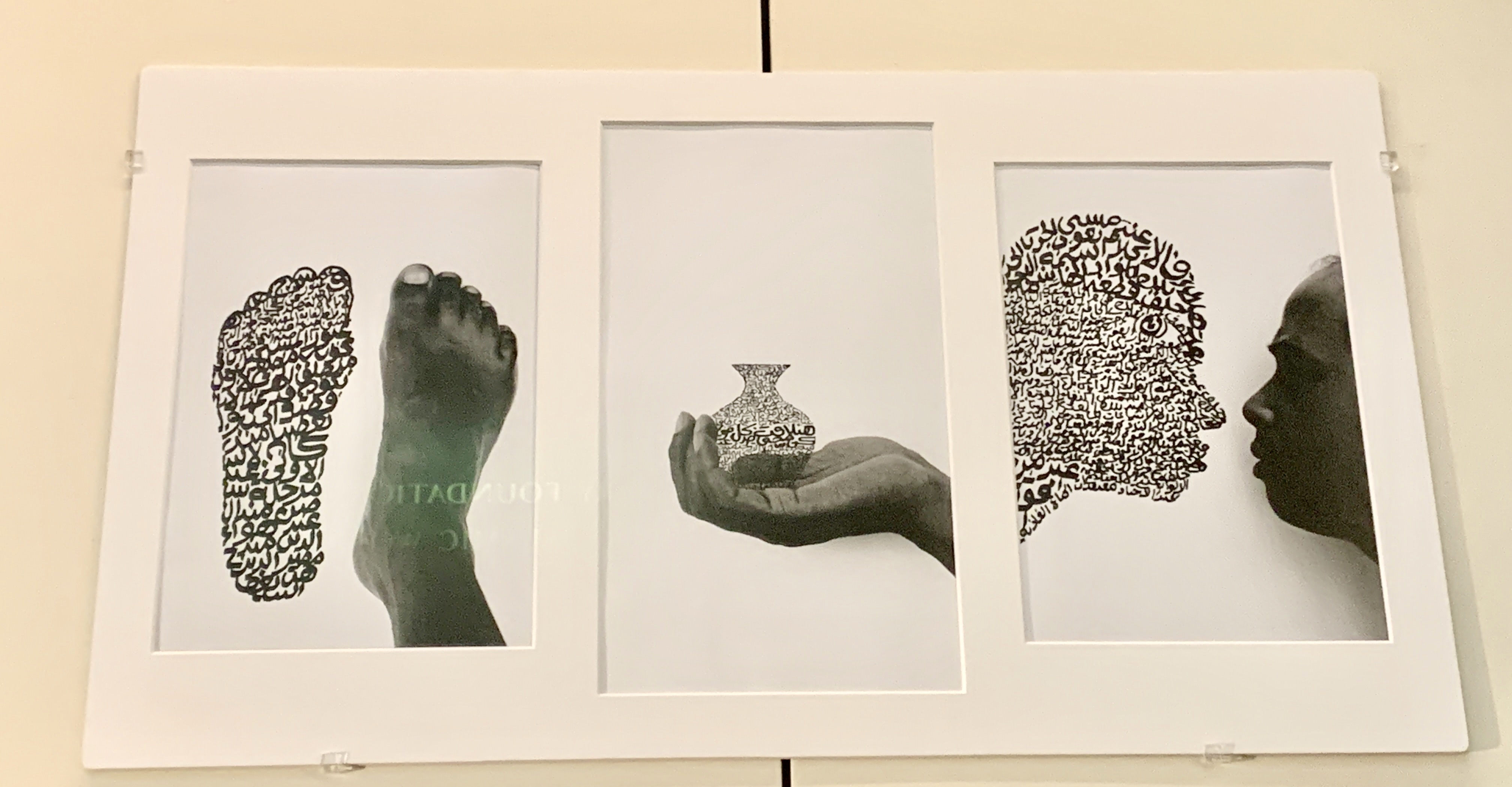New temporary exhibition at the Gallery of The Islamic world
Perhaps many of you have already acknowledged the newest addition to the vast displaying space of the British Museum, two magnificently refurbished gallery rooms (42-43), the Albukhary Foundation Gallery of the Islamic World. Apart from the traditional craftsmanship and archaeological material from regions stretching from West Africa to Southeast Asia, the gallery showcases contemporary art inspired by Islamic culture. We are going to have a closer look at examples from the British Museum’s collection of work on papers by modern and contemporary artists of the Middle East and South Asia presented in the form of a temporary exhibition in one of the gallery’s cases.

An introduction note says ‘These displays present insights into artistic production and the interaction of artists with their heritage, while offering complementary narratives on the complex histories of these regions today. Such works can emphasise the fragility of cultural heritage and encourage reflection on relationships between past and present’. These reflections could be found in Mohammed Abbaro’s ceramic Humped Cow or Mohammad Omar Khalil’s diptychs Harlem.
Humped Cow

Mohammed Abbaro, known as Mo, was brought up in the Nuba mountains in Sudan. He studied Fine and Applied arts in Khartoum to win a scholarship to study pottery at the Central School for Arts and Crafts. Mo’s inspirations derive from his childhood ‘All the ceramic animals which I have produced have a direct connection with my childhood experiences… I made them as gentle and friendly as I, nostalgically, remembered my animal friends then’. The shape of Mo’s ceramic cow, combining a large body and disproportionally small head, is typical of Nilotic Sudan. The artist was interested in using various glazing and firing techniques in order to achieve unique tactile surfaces, such as one of the Humped Cow.
Harlem



These five diptychs by Mohammad Omar Khalil are inspired by the poem Harlem from the Tomb for New York (1971) by Syrian born pet Adonis, the pen-name of Ali Ahmad Said. Kahlil detailed each step of creating the work. ‘I read and re-read the poem for three months before I started. I was struck by the cumulative intelligence and extraordinary richness of the poem and its deep contemplation of human life. I knew I did not want to illustrate the poem but rather give a feeling of it… I was trying to better understand the poem through the means I know best – direct contact with the plate and tools that construct my images’.
The Light Man’s Historical Footsteps, The Offering and Glance towards the Unknown

The author Fathi Hassan is of Egyptian and Sudanese heritage. His family were forced to leave their homeland of Nubia when the Aswan High dam was built in 1952. Hassan’s texts intend to highlight the situation of lost languages and oral history as a result of colonial power. In creating The Light Man’s Historical FootstepsHassan describes how he had bought a Nikon camera, photographed his own right foot and ‘then the left appeared as a memory of steps’from his past. ‘The Offering’he writes ‘is a gift to the memory of man that must be kept in a safe place’.
The 2019 fellows will have the opportunity to tour the exhibition, and we are looking forward to sharing this experience with them.
